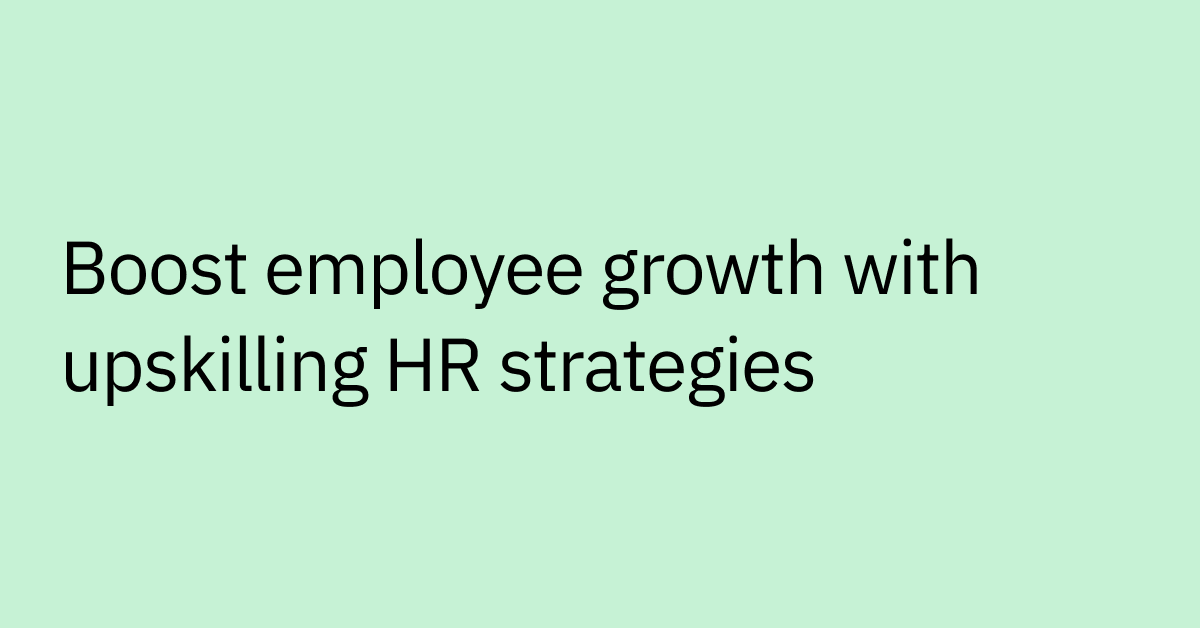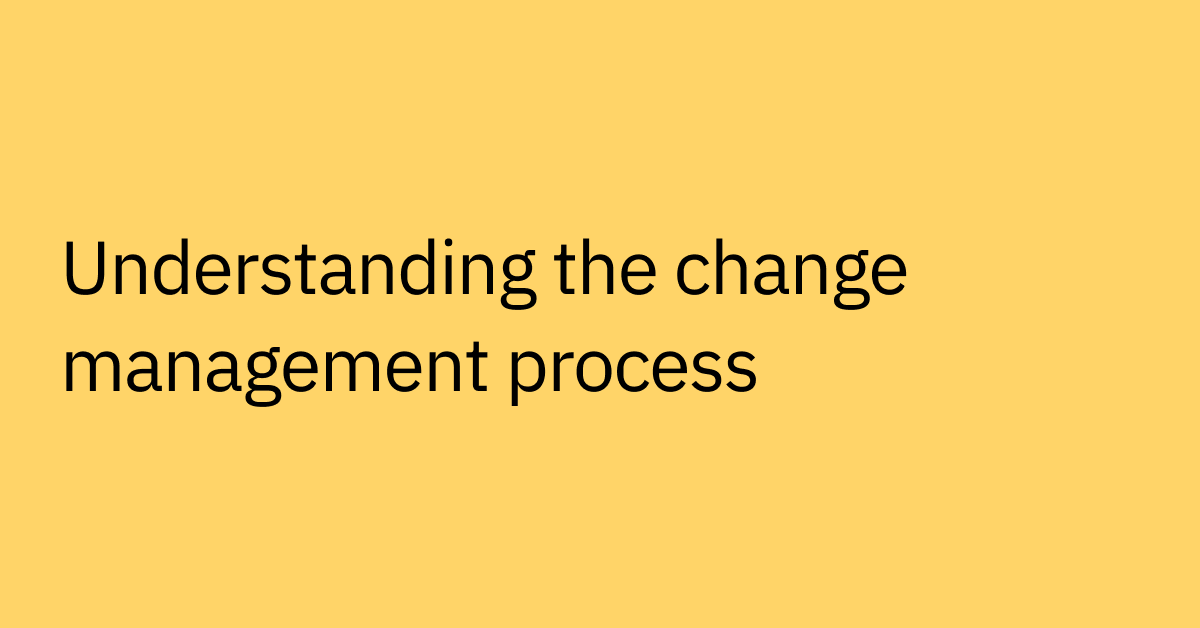Table of contents
Highlights
- HR automation trends in 2025 are shifting from basic digitized forms and ticket routing to intelligent, end-to-end case resolution.
- AI agents can understand employee requests in natural language, connect across multiple HR systems, and carry out tasks securely without bouncing cases back to HR.
- Trends like predictive HR insights, multi-system orchestration, and compliance-aware automation have begun delivering real impact.
- Enterprise HR leaders can adopt these trends without replatforming by adopting AI agents that work across existing systems like Workday, SAP SuccessFactors, or Oracle HCM.
- Successful automation strategies can help to improve both employee experience and HR team efficiency at scale.
HR teams waste hours on forms and approvals while employees wait days for simple answers. Traditional tools digitize tasks but don’t truly resolve them—leaving both sides stuck in repetitive work. That’s why it’s no surprise that 44% of HR leaders now plan to deploy AI-powered automation within a year to break the cycle and improve employee experience.”
Modern HR leaders are automating more processes than ever, using more advanced tools that transform the employee experience and help reduce manual HR workflows.
However, you won't need to rip and replace your HR systems to reap the benefits of advanced automation. The current trends reshaping HR automation, from providing proactive case management to automating onboarding and offboarding, are helping to address and optimize these challenges.
They focus on eliminating common hurdles that employees run into, while freeing HR teams to focus on strategic initiatives that drive culture, employee performance, and growth.
How agentic AI is is redefining HR automation
Traditional tools digitize forms, apply simple rules, or route tickets between queues. Today’s advanced automation tools leverage agentic AI, which enables autonomous, goal-oriented AI systems to handle complex, multi-step processes with minimal human intervention.
AI agents are a defining shift in HR automation for 2025.
These agentic AI tools use a combination of large language models (LLMs), planning capabilities, and tool integration to understand requests, break them down into actionable steps, and execute tasks across HR platforms.
This helps to free up HR teams from time-consuming administrative tasks, and give employees instant, 24/7 support for routine questions and requests, creating a more personalized and efficient experience.
This can fundamentally change how HR teams operate. Instead of spending time on ticket management and status updates, you can focus on strategic work that shapes culture, drives employee engagement, and supports business growth.
Learn how to leverage AI in HR to drive culture, performance, and growth: Download our guide now.
Top HR automation trends for 2025
The most important HR automation trends are focused on removing the time-consuming, repetitive tasks that keep HR professionals from doing their best work.
These trends matter because they address the biggest challenges HR leaders face:
- Rising case volumes
- Stricter compliance requirements
- Employees who expect instant answers
Unlike traditional tools that only digitized forms or routed requests, today's automation solutions can deliver end-to-end resolutions and proactive support. Plus, they can do it without a complete systems overhaul, which comes with its own challenges.
1. Always-on, self-service support
How can you provide stellar service to all employees—regardless of location—without having a 24/7 global HR crew? Automate HR support with autonomous HR agents that can handle cases end to end, delivering instant, always-on assistance.
Unlike traditional HR automation that streamlines tasks, AI agents bring intelligence, context, and autonomy—resolving complex employee needs the way a human HR partner would. These agents are designed to manage many case resolutions from start to finish with minimal human involvement
For enterprise HR teams, this means AI agents are able to integrate with your existing HRIS platforms and follow your permissions actions.
Say an employee submits a leave request. An AI agent can:
- Verify eligibility rules based on existing time-off policies
- Route necessary approvals
- Update the records across systems
- Notify the employee’s manager
- Confirm (or deny) the time off with the employee—all in one workflow
This approach is highly scalable, even in larger, distributed organizations where HR teams handle hundreds, if not thousands of similar cases monthly. It can also help reduce operational costs while creating faster, more consistent employee support.
How to get started:
- Identify your most common HR cases, such as leave requests, benefits administration, and PTO approvals.
- Break down the steps involved in each process and evaluate which HR tasks can be fully automated.
- Start with small, manageable workflows, then gradually expand as you refine your approach.
2. Proactive case management
AI agents can do more than just respond to incoming cases. They can actively monitor live data from HR systems, collaboration tools, and employee feedback channels to stay ahead.
This proactive capability means AI agents are able to detect and resolve potential issues before they escalate.
For instance, if an agent notices repeated failed attempts during benefits enrollment, it can reach out on its own to assist the employee and guide them through the process.
In an enterprise HR context, this can reduce inbound case volume, prevent employee frustration, and improve service level agreements. Of course, you can’t get this level of automation with traditional tools that follow static rules. You’ll need the advanced integration and reasoning capabilities that set agentic AI apart from traditional automation.
How to get started:
- Identify recurring issues like failed benefits enrollment or frequent policy misunderstandings.
- Use employee feedback, ticket data, and sentiment analysis to pinpoint areas where proactive support might help reduce future pain points.
3. Seamless multi-system workflow orchestration
Many enterprises rely on a variety of HR and business tools, often with overlapping features and siloed team data. AI agents can help to remove these silos by coordinating workflows across multiple platforms to minimize the need for custom middleware or complicated APIs and backend development.
So when an employee requests a job title change, the system can handle the entire process. It can automatically update the HRIS with the new employee data, initiate payroll adjustments in the finance system, and alert IT to update email accounts and directories.
This helps HR operations leaders reduce reliance on IT resources for integration tasks, creating more streamlined processes for employees.
How to get started:
- Identify HR processes that use multiple systems, such as title changes, promotions, and onboarding.
- Focus on those involving IT handoffs and assess their potential for automation.
4. Instant employee self-service at scale
Rising employee expectations for consumer-grade service experiences drive this trend. AI agents offer an always-on conversational experience across platforms like Slack, Microsoft Teams, mobile apps, and intranet portals like SharePoint, meeting employees exactly where they work.
Employees can do things like instantly retrieve PTO balances, access policy documents, or check benefits coverage through a single chat interaction, using everyday language. This can improve case resolution, reduce workload, and boost the adoption of HR automation tools.
For global or hybrid workforces, multi-channel delivery is especially important, as accessibility and responsiveness are big drivers of employee satisfaction and retention.
How to get started:
- Engage employees on the platforms they already use and are familiar with.
- Begin with one or two channels, such as Slack, Teams, or your intranet, to introduce self-service options.
- Monitor adoption rates and how people are using the platforms, and refine the approach before scaling further.
5. Keep employees informed with personalized updates
Think beyond basic email alerts or calendar reminders. AI agents can take notifications and turn them into intelligent, contextual communications that help employees stay on track (without overwhelming their inboxes).
Instead of generic blast messages, AI agents can deliver personalized updates directly where employees work (such as Slack or email). When your PTO request gets approved, you get a notification with next steps. When a policy changes, you get the details relevant to your role and location.
That way, employees can stay informed and productive, while HR teams spend less time fielding "what's the status of my request?" types of questions.
How to get started:
- Audit your existing HR communications and identify those that are high-volume, repetitive, or often overlooked by employees.
- Prioritize notifications tied to critical actions (e.g., approvals, deadlines, policy updates) rather than generic updates.
- Choose one or two communication channels (Slack, Teams, email) to pilot personalized, contextual notifications.
- Track open rates and follow-through actions to measure effectiveness, then refine the timing and format before expanding.
6. Give employees instant information access
Your employees shouldn't have to dig through policy documents or wait for HR to answer basic questions. AI agents can turn your existing knowledge base into an instant, conversational resource that understands context.
When an employee asks something like, "How much parental leave am I eligible for?" they are able to get a personalized answer based on their role, location, and employment status, instead of a generic policy link. The AI agents are able to pull from your HR systems to deliver relevant information in seconds.
Now, instead of fielding repetitive questions about benefits, PTO policies, or compliance requirements, your HR team gets time back for strategic work while employees get faster answers. Your knowledge actually gets used instead of buried in SharePoint folders.
How to get started:
- Review HR data metrics to find your most frequently searched policies.
- Make them easily accessible through an AI-powered platform so employees get instant, role-specific answers.
7. Automate onboarding and offboarding
An employee’s first and last days matter—a lot. AI agents can help you deliver consistent experiences during these pivotal moments without overwhelming your HR team with manual processes.
In employee onboarding processes, AI agents that integrate with your HRIS tools can guide new hires through each step while working behind the scenes to keep everything on track. They can schedule orientation sessions, send timely reminders about benefits enrollment deadlines, surface role-specific training, and confirm IT has provisioned the right access.
For offboarding, the process should be equally as smooth. AI agents can coordinate equipment returns, trigger access revocation across systems, and make sure that departing employees complete any exit surveys, all while maintaining security protocols.
Instead of juggling spreadsheets and manual tasks, your HR teams get visibility into progress while employees receive personalized guidance at exactly the right moments, making them feel valued and supported.
The impact and benefits of HR automation can scale across locations and time zones. Whether you're onboarding new employees in the U.K. or managing executive departures in the U.S., AI agents can help ensure every experience meets the same high standards while keeping sensitive processes secure and compliant.
How to get started:
- Streamline your onboarding and offboarding processes by standardizing your checklists.
- Start small by automating specific tasks, such as IT provisioning or benefits enrollment, and gradually scale up to fully automated workflows.
Turn HR automation into impact with Moveworks AI Assistant
Every trend we've covered points to the same reality—HR teams need solutions that actually reduce workload, instead of creating more tasks to manage while employees want support that feels as instant and intuitive as their favorite consumer apps.
Moveworks lets you champion and operationalize AI across the entire employee lifecycle. Moveworks AI Assistant is one secure, adaptive, and powerful solution to find answers and automate tasks across all enterprise systems and applications.
What this means for your organization:
- HR gets time back to focus on "people-first" work: Automate routine tasks, caseload triage, and approval paths.
- Unify siloed systems: Your HRIS, payroll processing, and IT tools start working together as though they were designed as a single platform, without the integration headaches.
- Instant, personalized help: Employees around the world get instant answers via natural language conversations in 100+ languages
- Scalable support: Moveworks enables HR teams to deliver consistent, high-quality support at scale, even as organizations grow or shift to hybrid work models
From streamlining onboarding to automating employee self-service, organizations like Broadcom, Toyota, and Databricks are already using Moveworks to change how HR works for them—and creating a better employee experience in the process.
It's time to move beyond piecemeal automation. Discover how AI agents can transform your HR strategy today.
Frequently Asked Questions
HR automation improves employee engagement by reducing the time it takes to get support and enabling faster resolution of routine HR requests. When employees can quickly access benefits information, update personal details, or get help without opening a case, they spend more time focused on meaningful work. AI agents take this further by delivering personalized, timely support across any channel, building trust and reducing friction—which ultimately drives a more connected and confident employee experience.
Yes—by aggregating real-time data from multiple HR systems, artificial intelligence agents give leaders instant visibility into workforce trends and operational metrics. This enables more informed decision-making on topics like headcount planning, benefits utilization, and policy updates, helping leaders anticipate challenges and act faster and with greater confidence.
High-volume, rules-based processes are ideal candidates, including benefits enrollment, leave requests, onboarding, and policy lookups. AI agents can integrate with existing HR platforms to manage these workflows end-to-end with minimal for HR involvement. These efficiencies also free up HR teams to focus on strategic priorities such as performance management, talent development, and culture building.
The ROI of HR automation comes from both hard savings and soft gains. On the cost side, AI agents reduce case volumes, shorten resolution times, and cut down manual work—which lowers operational overhead. On the engagement side, they are able to improve employee satisfaction and productivity by automating processes and delivering personalized support. HR managers can track ROI through metrics like case deflection, time-to-resolution, and employee satisfaction scores.
The next evolution is ambient automation—where AI agents are able to act proactively on signals from across your enterprise systems. Instead of waiting for employees to file requests, you can configure agents that will anticipate needs, surface timely insights, and guide employees before issues arise.



